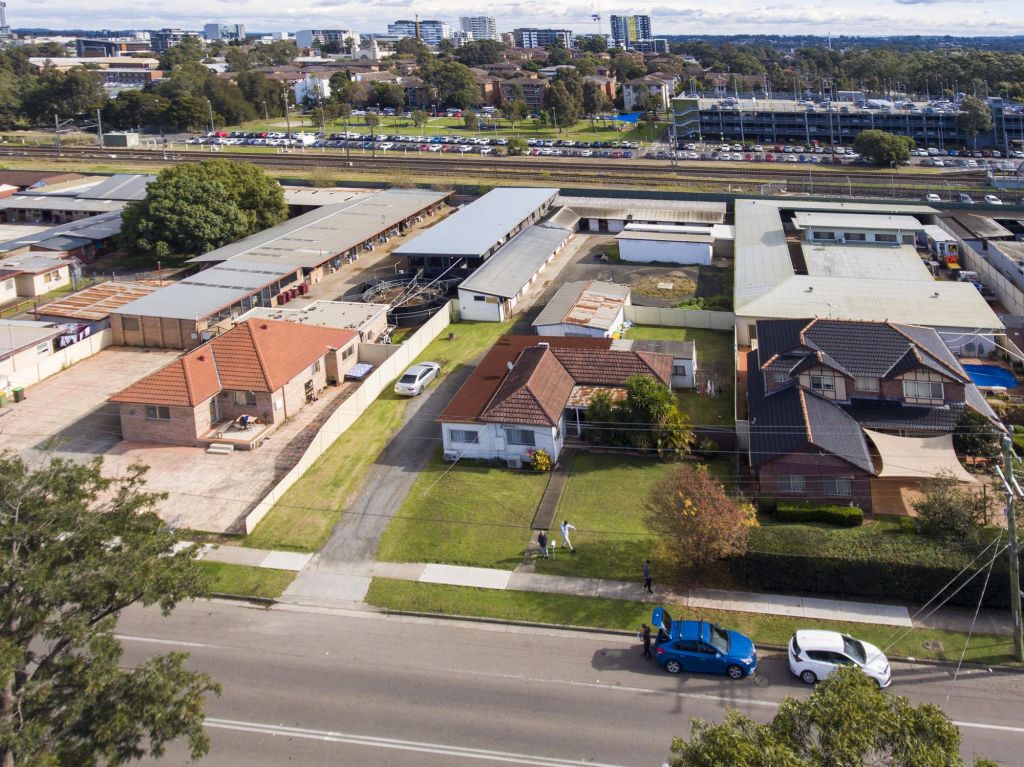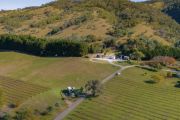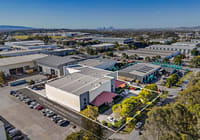
Warwick Farm stables of iconic horse racing owner Fred Peisah tipped to fetch $3.5 million
When the Warwick Farm stables that housed one of Australian racing’s most iconic and enduring partnerships was listed for sale, it marked the end of an era for a prominent racing duo but also a significant shift in the local horse-racing industry.
For decades the streets surrounding Warwick Farm Racecourse, 30 kilometres south-west of central Sydney, have been dotted with stables and local trainers. Now earmarked for high-rise development, the rezoning of the precinct to allow the construction of 17-metre towers will likely spur a wave of owners to cash in and sell up.
“It’s a massive change,” said Glenn Peisah, the son of Sydney solicitor and racehorse owner and breeder Fred Peisah. “There might be 500 or 600 horses that are no longer going to be trained in Warwick Farm. Where do they go?”
The family of Fred Peisah, who retired just three years ago at 83, have listed their Manning Street stables for sale with price expectations of $3.5 million.
Not long after Fred Peisah bought the stables in the mid-1980s, jockey Billy Prain took over as head trainer, heralding the start of a partnership that would span more than three decades, with the pair producing Group race winners for jockeys including two-time Melbourne Cup victor Corey Brown.
“They became very good friends for all of those years,” said Glenn, who followed in his father’s footsteps and became a solicitor. “It was very emotional when dad’s health forced him to retire, and Bill to retire.”
In 2018, Fred Peisah sold his Lomar Park stud at Werombi due to ill health after owning and operating the property for 50 years.
“He would have kept going if not for his health,” said Glenn, adding that Prain could have continued on as a trainer but chose to retire rather than work with anybody else. “There was absolute loyalty right to the very end.”
Prain has lived in the modest three-bedroom home at the Warwick Farm stables for many years, as the number of races at the course dwindled. He is now moving to Queensland to be closer to family, so the property and its 16 stables are offered with vacant possession.
“It’s the last link we have to the horse industry,” said Glenn.
Asked about the family’s fondest memories of Manning Street, Glenn recalls “walking around the horses, the smell, the whole atmosphere”.
“In the old days, there was quite a camaraderie among the jockeys. Everybody knew everybody, and everybody knew my dad.”
“Dad never went into this to make money. The last thing he thought about was trying to make money. He just loved horses.”
Glenn laments how the horse-racing industry has become competitive and corporatised. Gone are the days when trainers like Billy Prain would oversee 10 or 20 charges; now, some big trainers have 200 horses.
“It used to be a rural endeavour, but now it’s more of a business,” he said. “There are still a few small trainers left in Warwick Farm who have been waiting for this rezoning to get out.”
“It will be bought by developers. It’s finished as a racing hub.”
The precinct is currently zoned low-density residential, permitting subdivision, but is set to be rezoned to mixed-use, allowing high-rise residential flats with a 17-metre height limit.
CBRE’s Andrew Sukkar and Alex Mirzaian are taking the 2042 square-metre site to market via an expressions of interest campaign.
“Warwick Farm’s racing precinct will be revitalised over the coming years and play a key role in supporting the population growth that will follow the delivery of major infrastructure projects in the area,” Mr Sukkar said.
“We’re expecting strong interest from speculative investors, owner-occupiers and developers who can see the opportunities presented by the precinct rezoning.”










